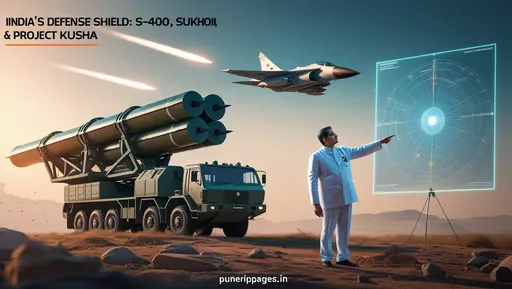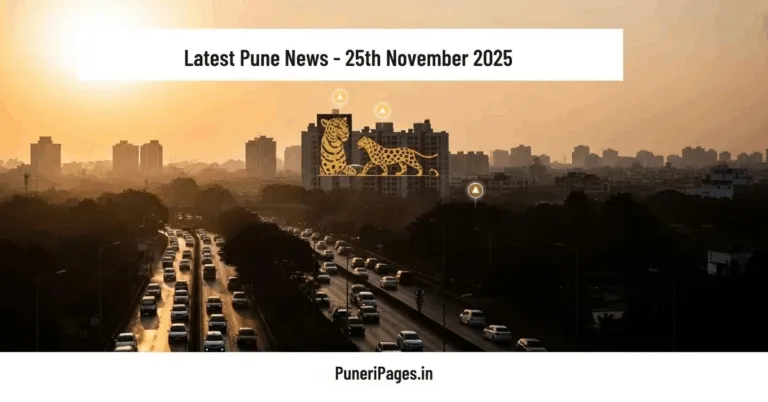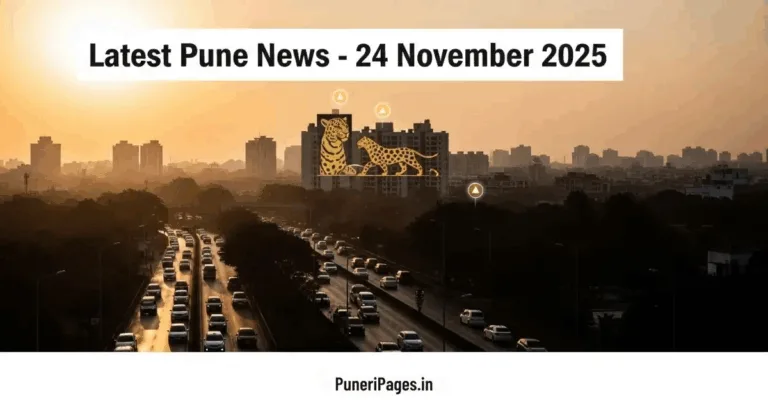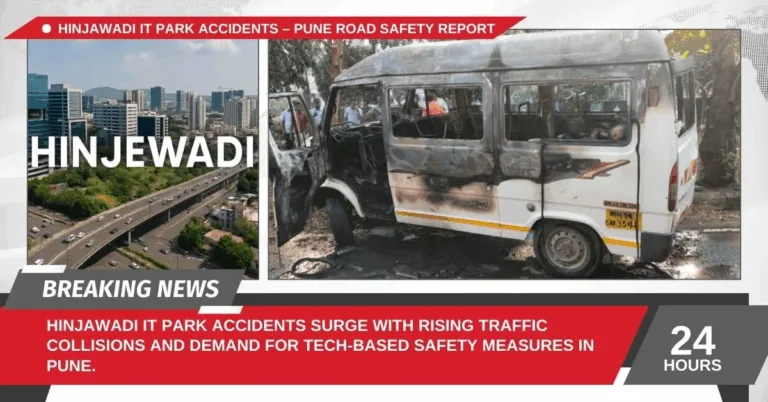
India gears up with next-gen air defense systems — S-400s, upgraded Sukhois, and DRDO's ambitious Project Kusha.
If you’ve been following global defense updates, you know things are heating up fast. And India? It’s not sitting idle. Our air defense strategy is kicking into high gear.
Recently, Indian Air Defence Minister Rajnath Singh met with his Russian counterpart Andrei Belousov in Qingdao, China. No, this wasn’t some casual handshake moment. It was a serious sideline meeting at the SCO Defence Ministers’ Meet with high-stakes conversations — especially about the delivery of the S-400 Triumph missile systems.
Table of Contents
So, What’s the Big Deal About the S-400?
Let’s get this straight: the S-400 isn’t just another missile system — it’s a beast. Built by Russia, it’s one of the most advanced anti-aircraft defense systems in the world. It can:
- Track 80 targets at once
- Engage 36 threats simultaneously
- Hit targets up to 400 km away
- Intercept ballistic missiles, cruise missiles, fighter jets — you name it
And here’s the kicker — India already has three out of the five ordered squadrons. The fourth is expected next year, and the last one by 2027. These missile systems are crucial for defending Indian airspace, especially against high-speed aerial threats.
S-400 in India: More Than Just Hardware
In India, we call these missile systems the Suraksha Chakra — the outer shield of our national defense. During Operation Syindhur, Pakistan claimed it had struck one of our S-400 systems. But Prime Minister Modi made a powerful statement — he visited Adampur Air Base and stood right next to an S-400 launcher. The message? “We’re shielded. The system is intact.”
From Russia With Power — And Now Maybe S-500?
Russia is now proposing joint production of the S-500, the next-gen air defense upgrade. It’s a bold step. But India isn’t putting all its eggs in one foreign basket.
Enter: DRDO’s Project Kusha
Yes, we’re working on our own long-range air defense solution. Project Kusha by DRDO is India’s homegrown answer to aerial threats — capable of intercepting enemy aircraft and missiles up to 350 km away. Five squadrons have already been cleared, and deployments are expected between 2028–2029. That’s what strategic autonomy looks like.
Upgrading the SU-30 MKI Fleet
Another major focus? The Sukhoi-30 MKI jets. These are the backbone of our air dominance fleet. The upgrade plan includes:
- New radars
- Enhanced electronic warfare systems
- Advanced missiles
These upgrades will sharpen India’s combat edge, keeping us ahead in a region where air superiority matters.
India’s Defense Strategy: Balance, Build, and Be Ready
India is walking a fine line — maintaining deep defense partnerships with global players like Russia while investing heavily in indigenous systems. It’s not just about buying tech anymore; it’s about building it here, learning it, and owning our future.
We’re not just reacting to threats — we’re preparing proactively. And with the clock ticking on regional uncertainties, India is stepping up like never before.
FAQs on India’s Air Defense Developments
Q1. What is the S-400 and why is it important for India?
The S-400 is a Russian-built long-range surface-to-air missile system. It’s vital for defending India’s airspace against modern threats like stealth jets and ballistic missiles.
Q2. How many S-400 squadrons is India getting?
India ordered five squadrons. Three have been delivered, the fourth is due in 2025, and the last will arrive by 2027.
Q3. What is DRDO’s Project Kusha?
It’s India’s indigenous long-range air defense program designed to counter aerial threats up to 350 km away.
Q4. Why are the Sukhoi-30 MKI jets being upgraded?
They form the frontline of India’s air force. Upgrading them improves radar, missile capabilities, and electronic warfare readiness.
Q5. Is India collaborating with Russia on the S-500 system?
Yes, Russia has proposed joint production. Talks are ongoing and it could significantly enhance India’s defense capabilities.
Q6. How does India balance foreign purchases with Make-in-India defense plans?
India continues strategic purchases while boosting indigenous development to reduce dependency and improve self-reliance.






